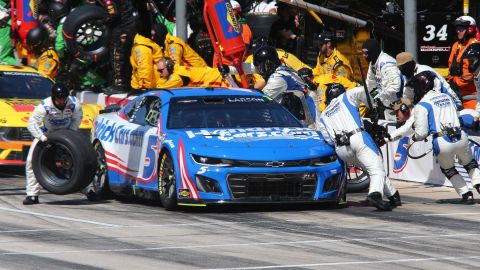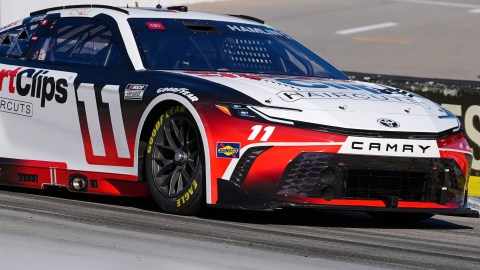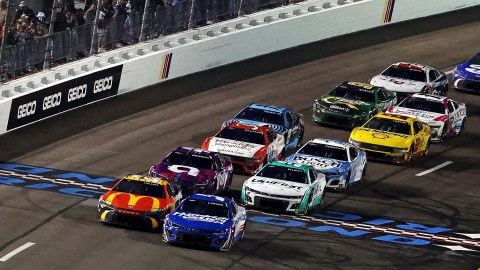Considering Europe is the continent where Formula One was born, it should come as little surprise that manufacturers that reside there know how to make very well-rounded sports cars. In fact, they’ve been making some of the best for quite a while.
In the early 2000s, for example, companies, such as BMW, were pumping out models that were a hit at the time, and now are considered modern classics. These vehicles might not have cult followings like many Japanese sports cars of the day do, but they are highly sought after among their respective brands’ fan bases.
Many automakers from across the pond currently are producing some of the most cutting-edge turbocharged engines on the market to power their performance models. However, at the turn of the millennium, they still were making cars that are considered a bit old-school by today’s standards.
Here are six of our favorite European performance cars from the early 2000s:
BMW E46 M3 Competition

Photo via BMW
There’s never been a bad M3, but the E46 might be our favorite generation yet. With its slightly flared wheel arches, four tail pipes and two-door layout, it definitely looked more purposeful than a standard 3 Series coupe. However, unlike more recent iterations of the M3, the E46’s appearance was understated enough that non-enthusiasts likely would walk past it in a parking lot without thinking it’s anything special.
Mercedes-Benz CLK DTM AMG

Photo via Daimler
If you don’t recognize the CLK DTM AMG that’s because, like too many other great models, it was never sold in the United States. We had to include it on this list, though, because it was the closest thing to a touring car Mercedes ever put on sale. Some people prefer smoother lines than the CLK DTM offered, however, we love the aggressive rear arche with its scoop to aid airflow.
Mercedes-Benz SLK 55 AMG

Photo via Daimler
Although Mercedes was still figuring out how to integrate its AMG sub-brand in the early 2000s, resulting in some cumbersome product names — as you probably noticed — it certainly knew how to make cars worthy of having those three letters on their bodywork. The SLK 55 is a perfect example. It looked sporty, thanks to a face-lifted front end that was designed to resemble the nose of an F1 car, and had the performance to back it up. In our opinion, it even looks better than the current-generation SLC.
Porsche 996 GT3 RS

Photo via Flickr/Jean-Jacques MARCHAND
The 996 generation might have been the first of the water-cooled 911s — aka purists’ idea of the spawn of Satin — but the GT3 RS is impossible not to like. With its poly-carbonate rear window, carbon fiber hood and a whole host of other weight-saving techniques, it unsurprisingly was much lighter than a standard 911, as the GT3 RS always is the most track-focused version. Unlike the current iteration, though, the 996 GT3 RS didn’t have four-wheel steering, so it still had some handling characteristics that are typical of the rear-engine Porsche.
Aston Martin DB9

Photo via Aston Martin
Although it wasn’t as performance-oriented as the DBS that came later in the new millennium, the DB9 was still nothing to turn up your nose at. That’s because it came with a 6-liter V-12 that produced 444 horsepower and propelled the DB9 to 60 mph in 4.7 seconds. Plus, its design has aged better than most cars from the early 2000s.
Audi RS6 Avant Plus
Photo via Flickr/davocano
If you’re one of those people who think wagons are only good for getting to and from soccer practice, you wouldn’t like the RS6 Avant Plus. However, if you like a fast car with more space than a sedan, the RS6, with its 429-horsepower engine, would have been perfect for you. Unfortunately, Audi never sells the RS6 Avant in the U.S., which is a shame, because the current version can best the R8 supercar in a drag race.
Maserati Quattroporte V

Photo via Flickr/SoulRider.222
The Quattroporte V came with a 394-horsepower 4.2-liter V-8 and could reach 60 mph in 5.2 seconds, which isn’t bad for a full-size sedan. Our favorite part of the car, however, was the fact that it came with an interior styled by Pininfarina.
Thumbnail photo via BMW




